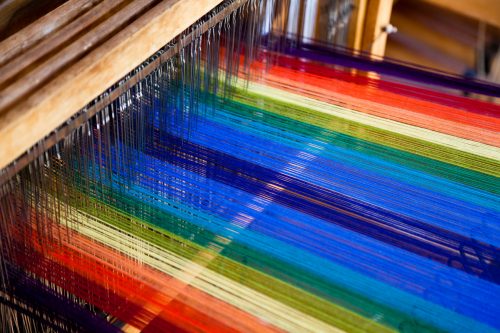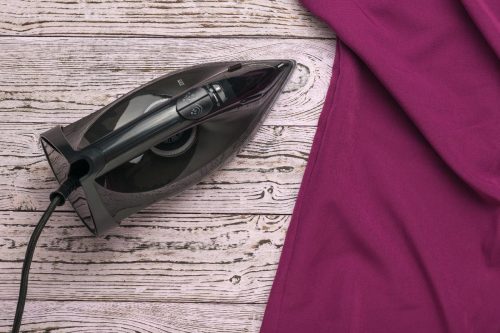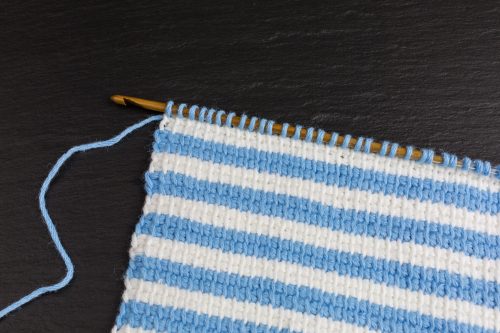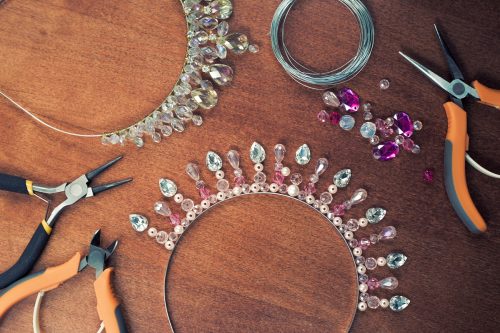Polymer clay is a popular medium for crafters and sculptors, especially those who make jewelry, trinkets, or home décor items. While polymer clay is known as the clay that gets baked in the oven to cure, you might be wondering if it's possible to air dry your polymer creations instead. After researching popular polymer clay brands and consulting with crafting experts, we have found the answer to this question for you.
You cannot air dry polymer clay. You must bake your finished pieces in the oven, per the manufacturer's directions, in order to cure them properly.
Join us while we explore the drying process and discuss what happens if you air dry polymer clay. We will also share some drying hacks that you can use if oven baking simply isn't an option!

How To Harden Polymer Clay
After you finish sculpting your creation, you will need to bake it in the oven to cure or harden it. This process only requires the oven in your home, or even a toaster oven, to complete. There is no need to take your creation to a professional kiln or commercial oven. Here are the steps you'll take to cure your creation:
1. Preheat Your Oven
Consult your clay's packaging to find out what temperature the manufacturer recommends for baking your clay. Turn your oven to this temperature and wait until the oven is completely preheated before baking. You may want to take the extra step of testing your oven's temperature with an oven thermometer to make sure it is accurate. This will save you the frustration of having a piece take much longer to cure and the heartbreak of having your piece burn.
2. Prepare Your Creation For The Oven
Place your creation on an oven-safe surface before placing it in the oven. Choose the best vessel for the type of project you've created. For example, a glass pan or metal baking sheet provides a firm surface that will keep sculptures stable. You may choose to line your pan with aluminum foil or parchment paper to avoid sticking and burning. Molded details can be baked right inside the molds if they are made with oven-safe materials, such as silicone.
3. Bake
Bake your piece for the time recommended by your clay's manufacturer. Most clay brands will list baking instructions right on the package, while others may provide detailed instructions and tips on their website. If your clay's manufacturer recommends time based on the size of your piece, make sure you measure it before putting it in the oven. For a piece with varying thickness, bake for the amount of time recommended for the thickest part.
4. Remove And Cool
When your piece is complete, remove it from the oven and allow it to cool completely. It will not be until after your piece is fully cooled that you will be able to tell if it is completely cured, so save yourself some time and keep your oven on while your piece is cooling. Once your piece is completely cooled, you can test it for doneness by pressing your fingernail into the bottom of the piece. If your fingernail cannot go into the clay, then it is fully cured.
If your piece is completely cured, you can go ahead and add any finishing touches, if you wish to. If you find that your piece is not completely cured after it has cooled, you can go ahead and put it back into your preheated oven and bake it longer.
A pro-tip used by expert crafters is to bake a test piece of clay that is the exact size of the creation you want to cure. Place this test piece in the oven for the recommended amount of time and check the piece for doneness after it has cooled completely.
If the result is what you are looking for, then you can be sure that your piece will come out perfectly using the same temperature and baking time. Since this is an extra step and uses up some of your clay supply, you may choose to forego this method if you are a casual crafter. However, it may be worth the effort if you craft for profit and want to minimize guesswork.
Air Drying Polymer Clay
We've established that polymer clay must be oven-baked to cure properly. But you may be wondering what happens if you ignore this advice and air dry it anyway. The simple answer is that nothing will happen. This doesn't just mean that nothing bad will happen, but it also means that nothing will happen at all.
It is impossible to air dry polymer clay because it simply will not dry out when exposed to air. This is a benefit of polymer clay because you can leave your unfinished project out and pick up right where you left off when you return.
Alternatives To Oven Baking
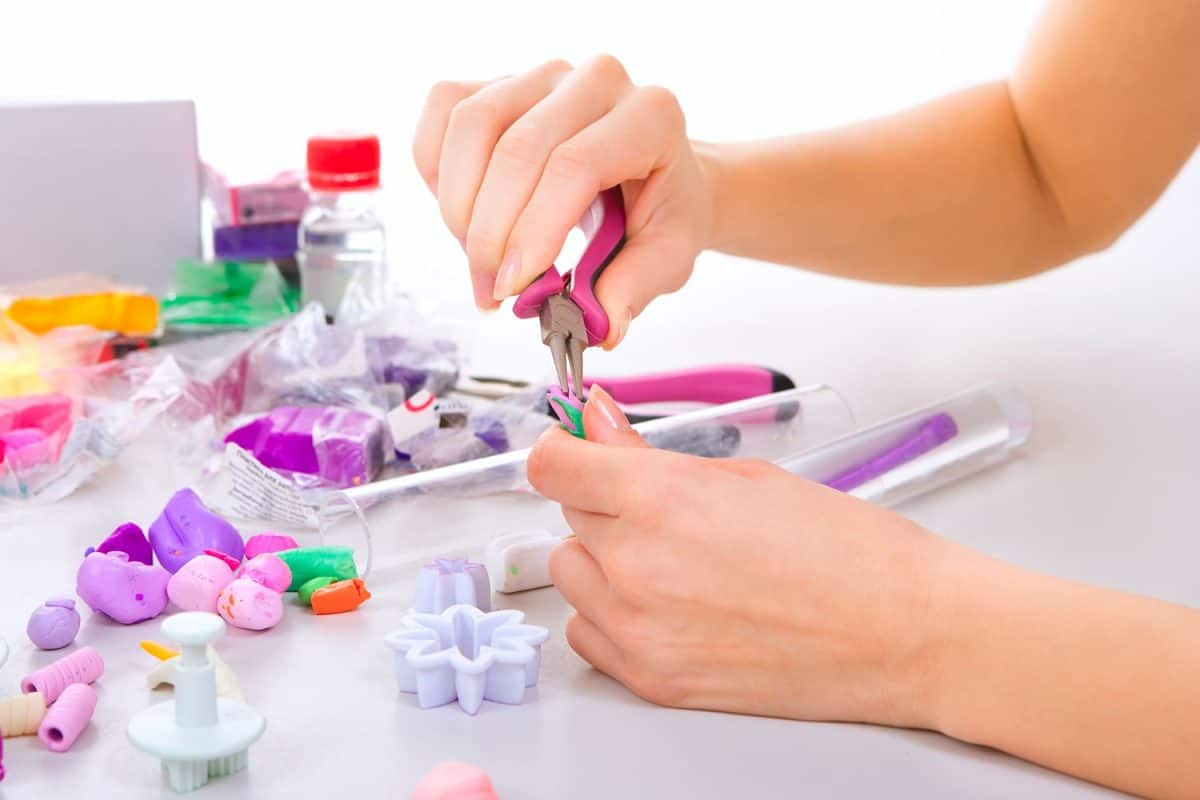
While an oven will always be the most recommended way to cure polymer clay, there are hacks that you can use to avoid using the oven. A hairdryer or heat gun can also provide enough heat to cure your polymer clay creations, especially if they are small. For this method, simply place your creation on a heatproof surface and apply heat with the hairdryer or heat gun. Be very mindful of how long your creation takes to cure because overheating or burning using this method can be disastrous. While polymer clay is non-toxic, it does emit toxic fumes when it is overheated.
Use an oven to cure your pieces if at all possible, but if you must use an alternative method, be careful not to overheat the piece or leave the heat source over one area of the piece for too long.
Does All Polymer Clay Have To Be Baked?
Yes. All brands of polymer clay will instruct you to bake the clay in order to cure your piece. Polymer clay does not harden or dry when left exposed to the air, so you will not be able to use or keep your piece permanently if it is not properly cured using an oven.
How Long Does Polymer Clay Take To Harden?

The amount of time needed to harden a piece depends on the piece's size. Times may also vary depending on the brand of clay used. Sculpey, a popular polymer clay brand, recommends increasing baking time depending on the thickness of your piece. For each 1/4" of thickness, the piece should be baked for 30 minutes. On the other hand, Fimo, polymer clay made by Staedtler, recommends a standard 30 minutes regardless of the thickness of the piece.
Why Is My Polymer Clay Not Hardening?
You may find that your clay is not hardening even after following the brand's baking instructions. One reason could be that your oven wasn't set at the right temperature. Let your oven preheat to the correct temperature before baking your clay and use a thermometer to make sure your oven's temperature is accurate.
If the temperature of your oven is accurate and correct, the clay may just need to be baked longer. This is especially true for larger or thicker pieces. Keep the clay in the oven a bit longer and see if you start to notice a difference.
Is Polymer Clay And Air Dry Clay The Same Thing?
While they may be similar in texture and how you work with them when sculpting, there is one big difference that sets them apart. Polymer clay must be cured in an oven to set while air dry clay will harden when left exposed to the air. Polymer clay is the best choice if you want your pieces to be durable and waterproof while air dry clay is easier to work with and doesn't need to be prepared in any way before use.
Are There Different Types Of Air Dry Clay?
Air dry clay does not come in different types but they do come in different brands. Some brands are better suited for professional projects while other brands are better suited for casual or kids' projects. Of course, Crayola leads the market for kids' projects. Crayola clay is easy to work with, non-toxic, and comes in many colors and textures that children love.
Click here to see this variety pack of clay on Amazon.
Creative Paperclay is a good choice for professional projects. It is easy to work with and can be carved or sanded after it dries. This clay is only offered in white but it holds paint really well. Overall, this clay is a good choice for beginners and is durable enough to handle techniques that more advanced sculptors might employ.
Click here to see this clay, which comes in a variety of quantities, on Amazon.
Summary
Baking polymer clay in order to cure it cannot be avoided. However, there are many benefits to using polymer clay for your crafting needs. Durable and waterproof, polymer clay can be used for everything from larger sculptures and décor pieces to small charms or details for other crafting projects. If polymer clay is the choice of medium for your needs, you can rest assured that all you need to do is follow the simple baking instructions and you'll have a perfect piece.
For more information about polymer clay, check out these articles:




